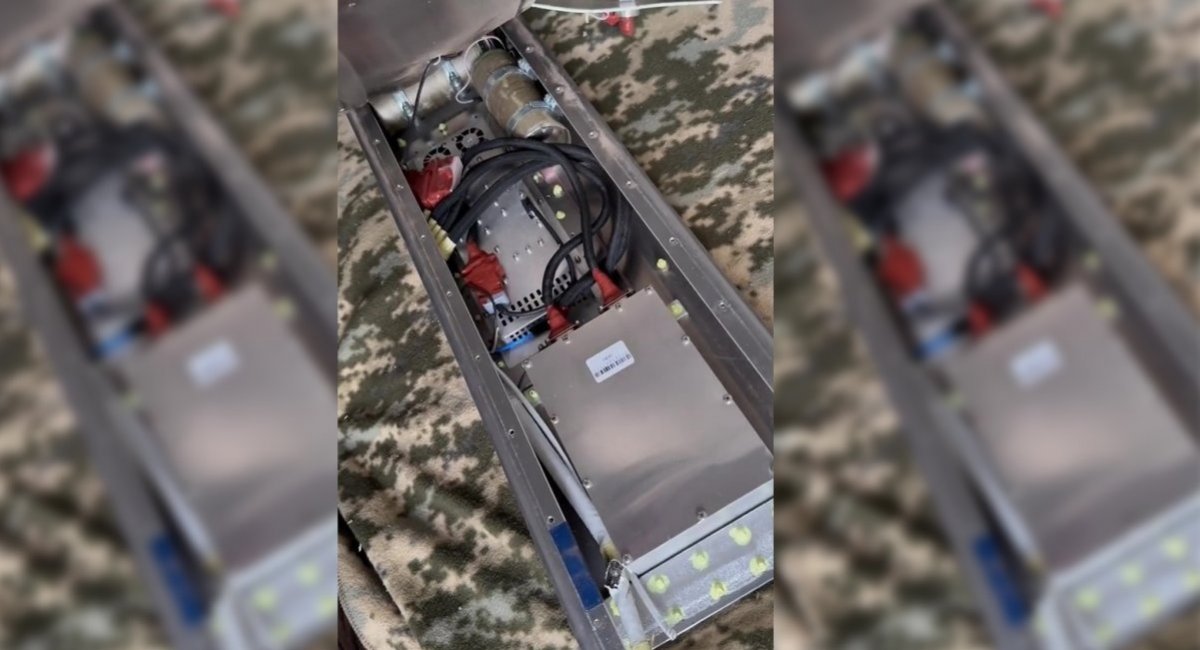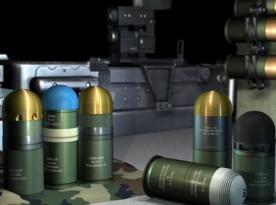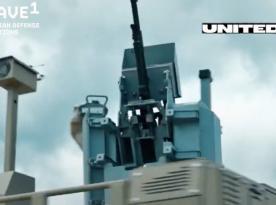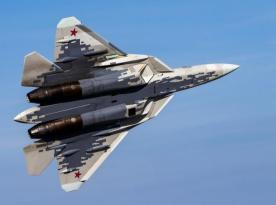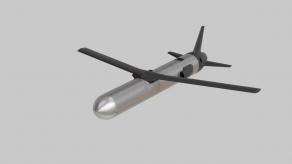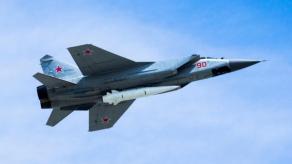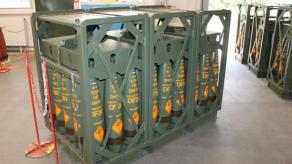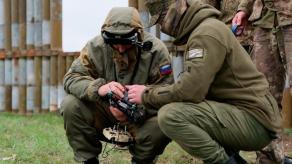The UMPK guidance and gliding kit — a set of equipment installed on conventional free-falling aerial bombs — has become a cheap and scalable way to mass-produce weapons for standoff airstrikes on Ukraine.
The recent video by a blogger nicknamed TrophiesOrcs illustratively explains exactly what makes the UMPK such an affordable device, as he takes apart the mostly intact tail component of this kit, retrieved from a russian bomb.
Read more: russian Forces Install Zerkaltse EW Systems on Their Reconnaissance UAVs: What Is Know
Although the main focus of the video is the operations around the Kometa-M satellite navigation antenna, a device that has demonstrated high resistance to electronic warfare suppression, the footage also gives an opportunity to generally assess the technological solutions in this russian creation.
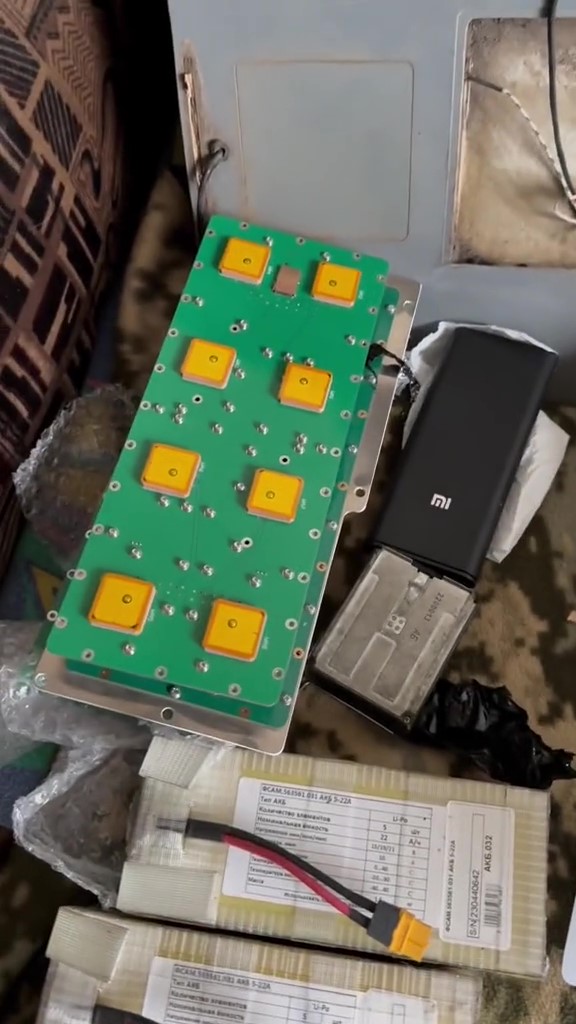
Overall, the module is essentially a container containing only the following components: a steering servo, a navigation unit and a control unit.
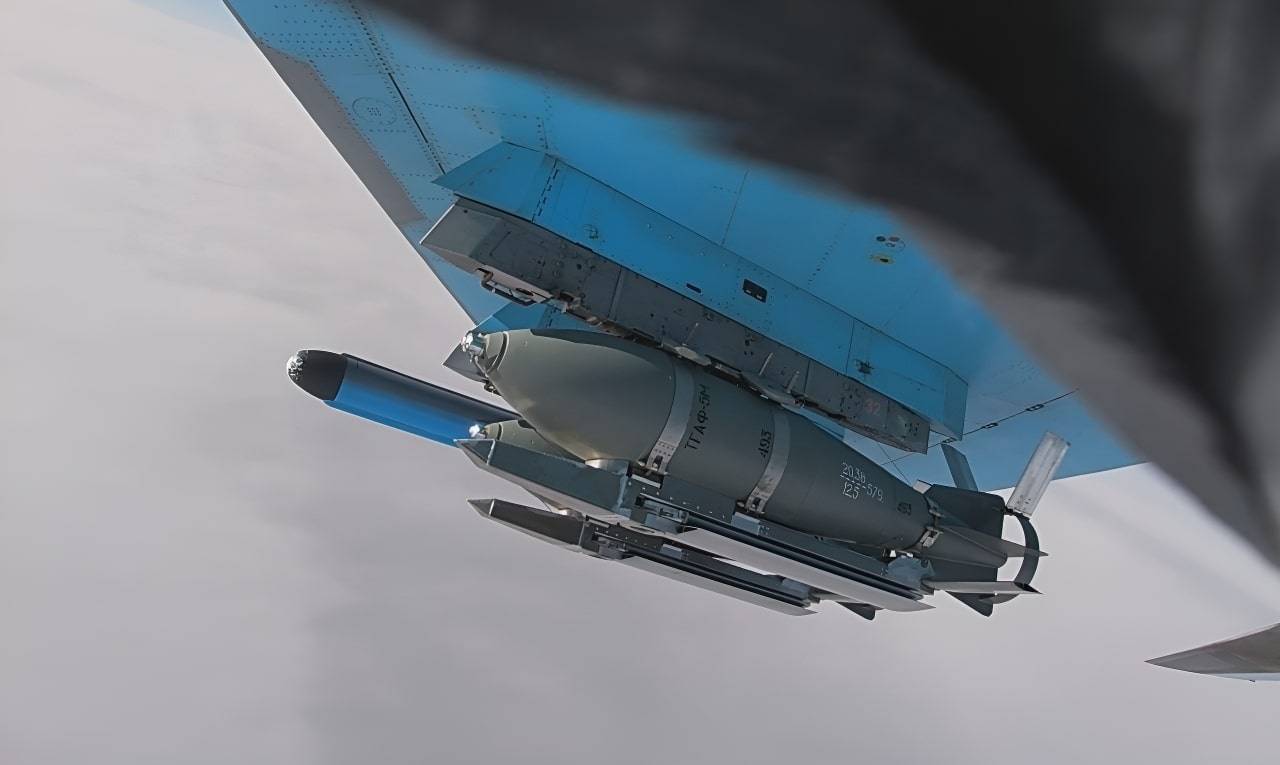
The steering servo motor has a torque of 200 kg.cm, which is enough to operate the flight control surfaces of the kit attached to a FAB bomb. Most likely more powerful servos are used for larger bombs such as the FAB-3000, weighing 3 tons.
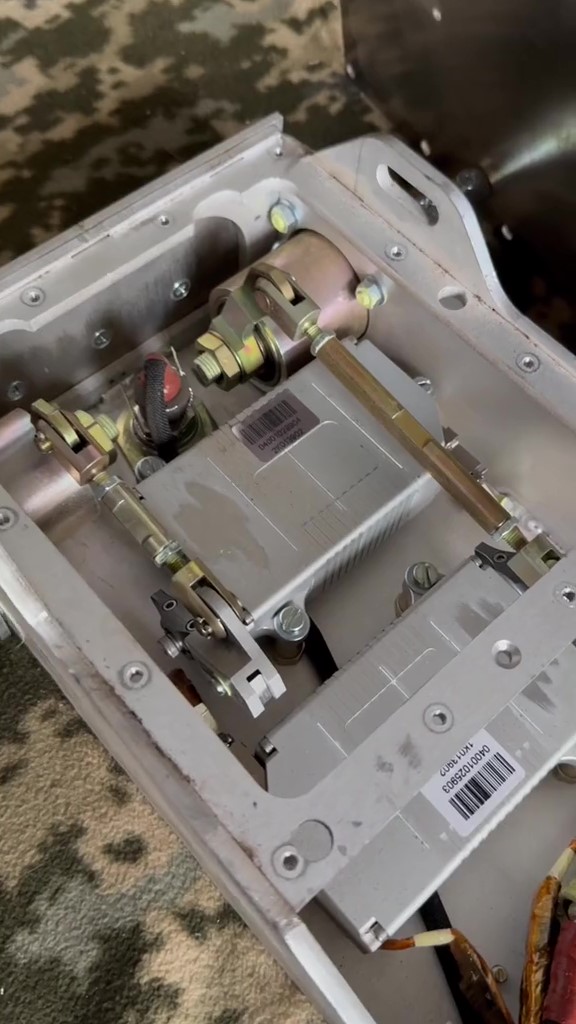
All electronics are installed as ready-made nodes that communicate with each other through standard connectors, additionally reinforced with adhesive tape.

The power supply provided by two rechargeable batteries held on metal clamps. They seem to be having quite complicated connections to the rest of the elements of this kit.
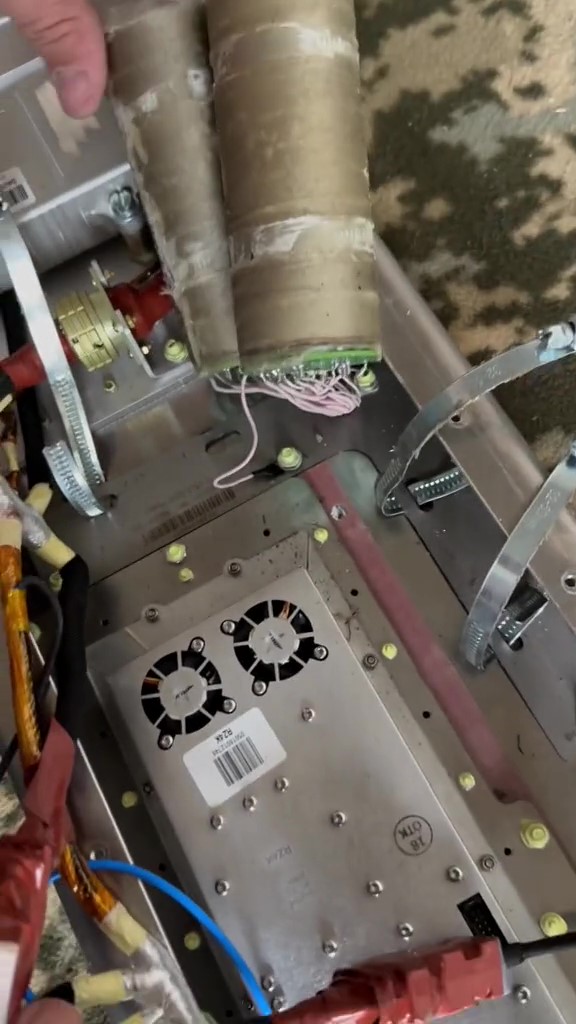
Another video also shows the disassembly of the control unit. It is a ready-made single-chamber solution, too. The gyroscope is hidden right underneath.
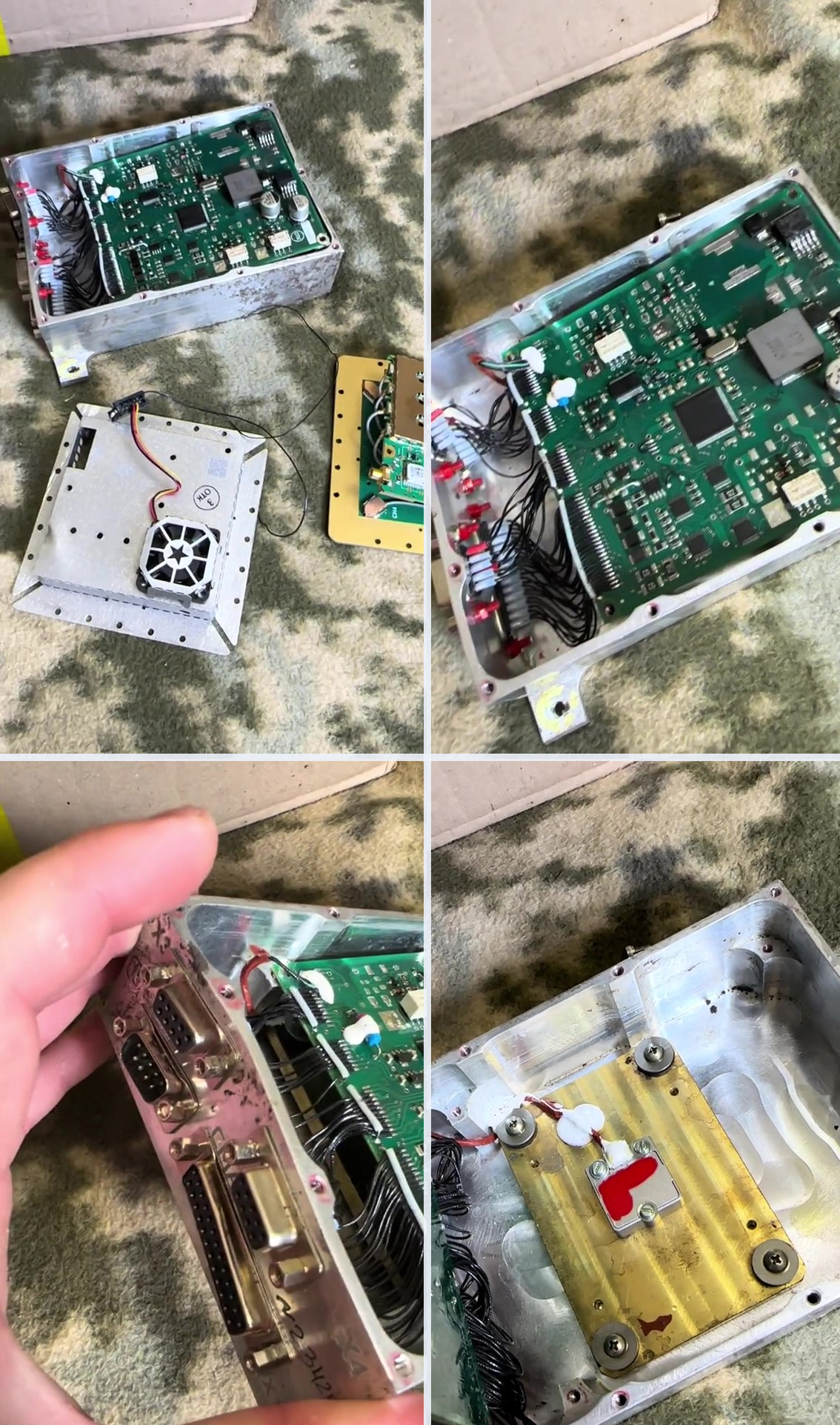
The Kometa-M navigation block, the prime interest of the video author, has long been studied not only by enthusiasts but by specialized Ukrainian military institutions and Western analytical centers as well. Moreover, the elements of navigation systems removed from these modules are also used in Ukrainian developments. After all, the electronic insides of russian weapons are mostly Western civilian electronics.
In conclusion, the decomposing of the russian UMPK demonstrates that the final assembly of the kit is entirely based on manual labor: from installing ready-made units into the body to interconnecting them all.
It's actually no wonder that the Kremlin is able to successfully scale up their production since the workers have the luxury of not suffering from systematic attacks on russian military enterprises, even though the place of UPMK manufacturing is well known and is situated in the city of Korolyov near Moscow.
Read more: SH-60 Seahawk Helicopter Tested on the Hetman Ivan Mazepa Corvette (Video)



